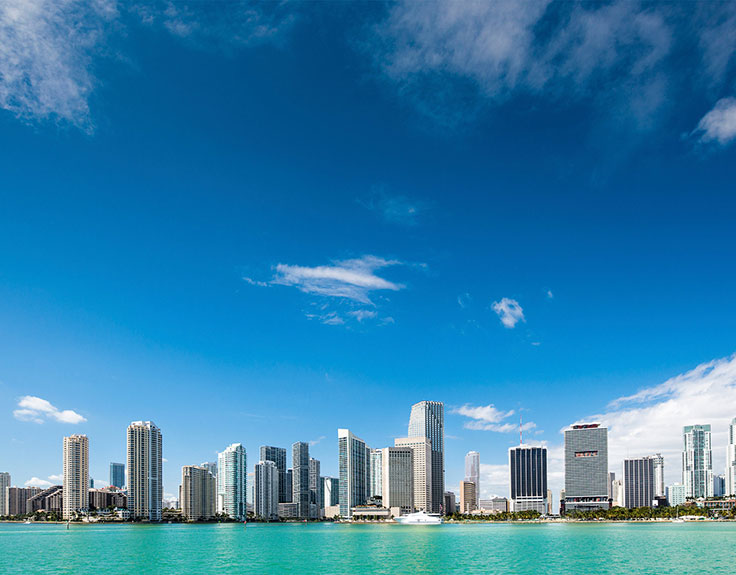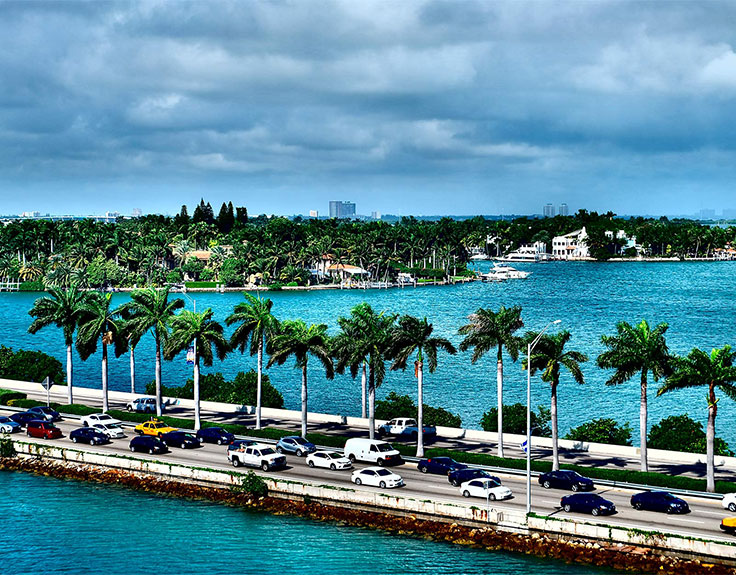The subtropical wilderness
The Everglades is the largest subtropical wilderness in the whole of the United States and is considered to be South Florida’s backyard. An important habitat for rare and endangered species including the manatee, American crocodile and the elusive Florida panther.
Declared a World Heritage Site, the accolades of the Everglades do not stop there. It’s an International Biosphere Reserve, a Wetland of International Importance and a protected area under the Cartagena Treaty. To sum it up, America’s Everglades are crucial.
The wildlife
The Everglades span 1.5 million acres of wetlands, marshes and mangroves, the perfect environment for an exotic ecosystem. Whether you’re biking, bird-watching or canoeing, you’ll have the opportunity to spot huge alligators, soft-shelled turtles and a variety of plant and animal life. The Everglades are known for birds like the roseate spoonbill, great blue heron and a variety of egrets. On land you might see deer, the famously shy Florida panther and over 28 different species of snakes.
The tour
The best way to explore the Everglades and to get up close and personal with its inhabitants is to join a tour. The Big Bus Everglades Experience takes you on an iconic flat-bottomed Florida boat to discover the river of grass, with a live guide pointing out the wildlife along the way. Next up, a wildlife show featuring alligators and even the chance to hold a baby gator yourself! That’s followed by free time in the park and an adventurous bite to eat.
Other interesting facts about the Everglades in Florida
- In the Everglades, saw grass can grow as tall as 10 feet above the surface of the water
- The Everglades is technically a river that is sixty miles wide and constantly moving
- The Everglades is the only known place in the world where alligators and crocodiles coexist
See our Big Bus Everglades Experience for more information on this wild tour.






